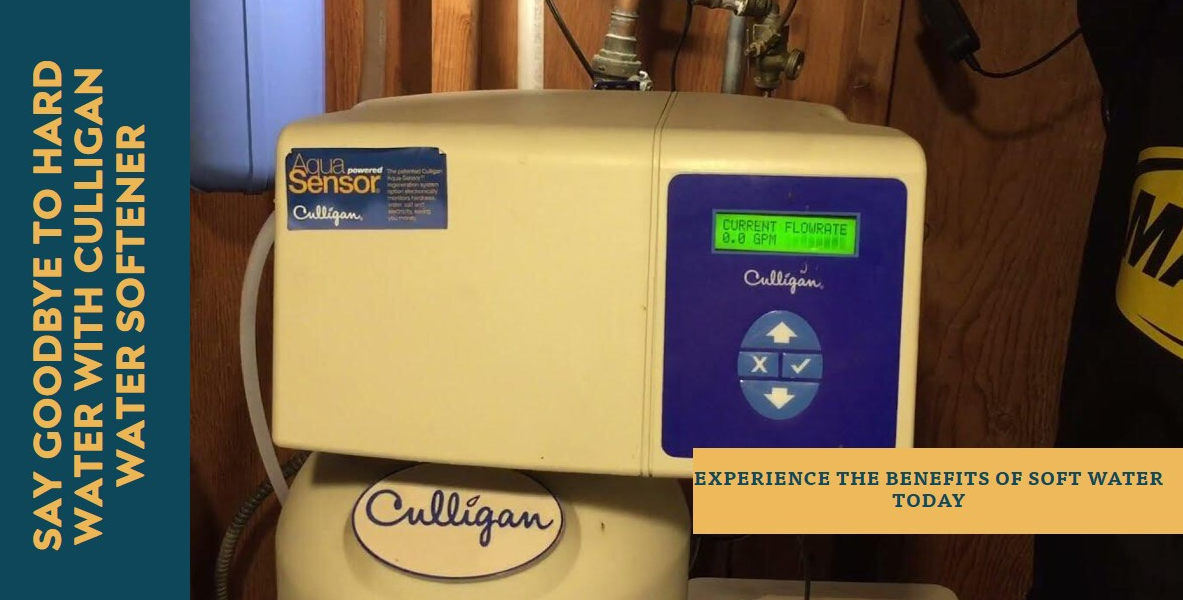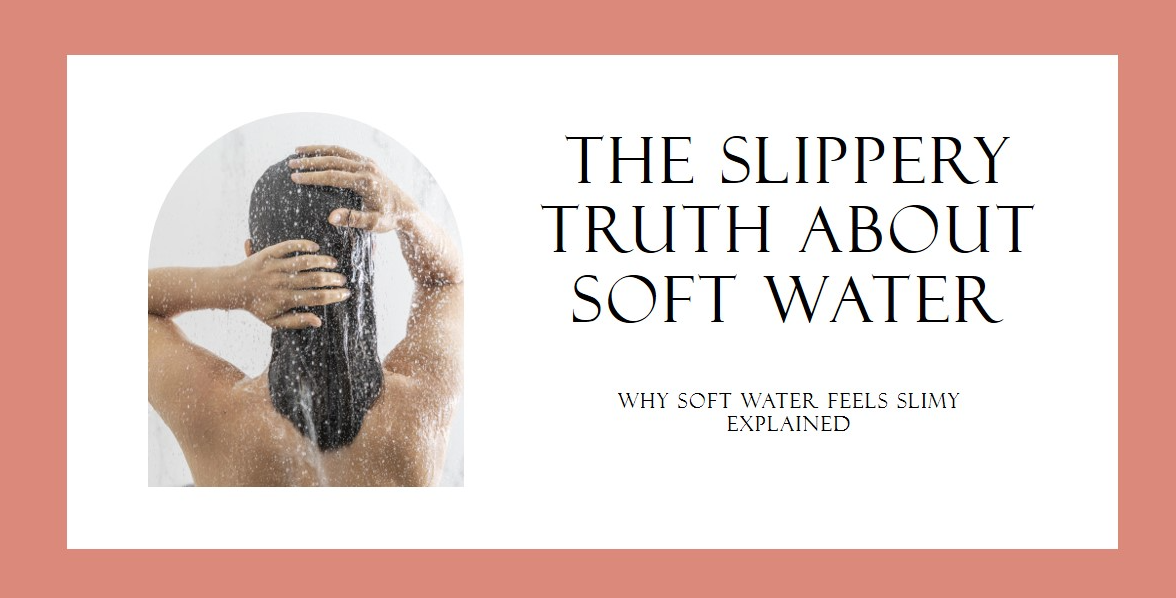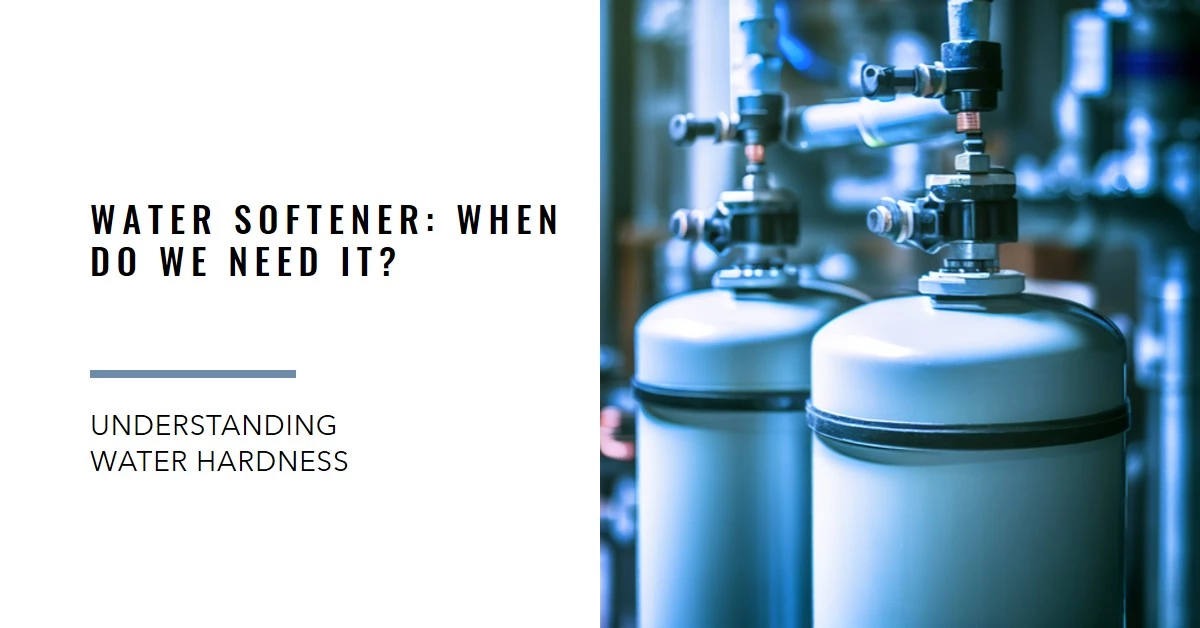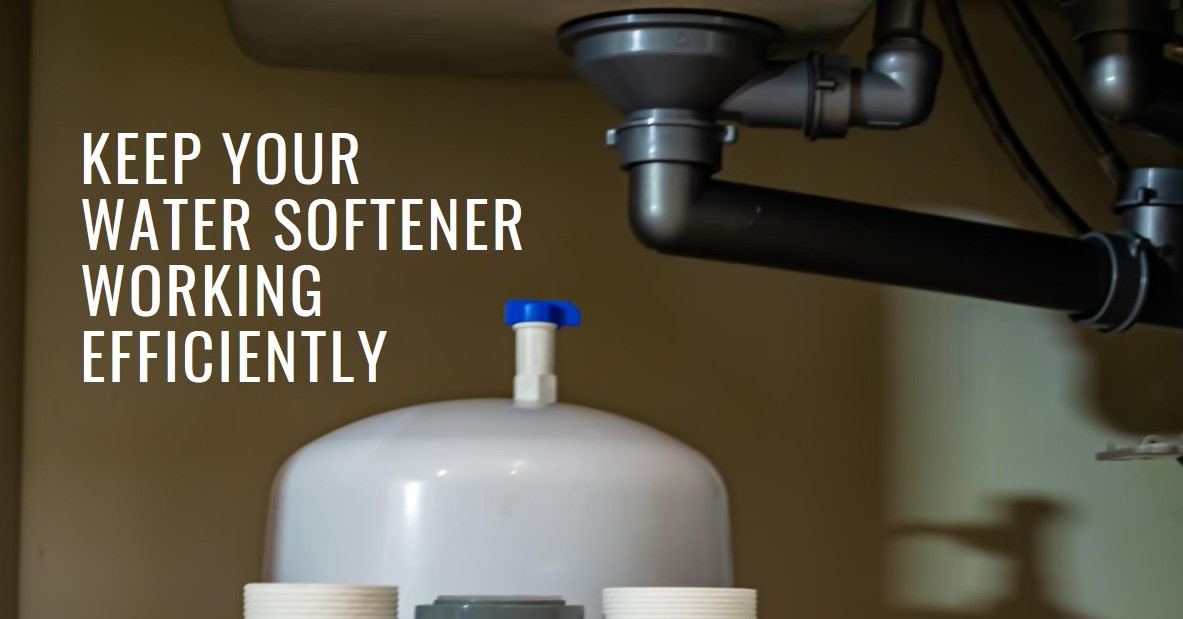Culligan water softeners are a popular choice for homeowners who want to improve the quality of their water. Culligan water softeners remove minerals such as calcium and magnesium from hard water, which can make hair and skin softer, dishes and laundry cleaner, and appliances last longer.
In this article, we will cover everything you need to know about Culligan water softeners, including what they are, how they work, the different types available, and the benefits of using one. We will also provide tips on how to choose the right Culligan water softener for your needs, how to install it, and how to maintain it.
Whether you are considering purchasing a Culligan water softener or simply want to learn more about them, this article is for you.
What is a Culligan water softener?
A Culligan water softener is a type of water treatment system that uses the ion exchange process to remove minerals such as calcium and magnesium from hard water. Hard water is water that contains high levels of dissolved minerals, which can cause a number of problems, including scale buildup on appliances and plumbing fixtures, dry skin and hair, and soap scum.
Culligan water softeners are designed to make hard water soft, which can improve the quality of your water in a number of ways. Soft water can make your skin and hair feel softer and smoother, it can make your dishes and laundry cleaner, and it can help to extend the life of your appliances.
What is a water softener?
A water softener is a device that removes hardness minerals from water. Hardness minerals are calcium and magnesium, which can cause scale buildup in pipes and appliances, and make water taste and feel different. Water softeners use a variety of methods to remove hardness minerals, including ion exchange, precipitation, and reverse osmosis.
What are the different types of Culligan water softeners?
Culligan offers a wide variety of water softeners to meet the needs of different homes and businesses. The following are some of the most popular types of Culligan water softeners:
- Salt-based water softeners: These water softeners use salt to recharge the resin bed, which is responsible for removing the minerals from the water.
- Salt-free water softeners: These water softeners do not use salt, but instead use a process called template assisted crystallization (TAC) to remove the minerals from the water.
- On-demand water softeners: These water softeners soften the water at the point of use, which means that the water is softened only when it is needed.
- Whole-house water softeners: These water softeners soften all of the water that enters your home.
What are the features of Culligan water softeners?
Culligan water softeners offer a variety of features, including:
- Advanced water filtration: Culligan water softeners can also filter out other contaminants from your water, such as chlorine, sediment, and iron.
- Adjustable water hardness: You can adjust the hardness of the water to suit your needs.
- Metered water usage: Culligan water softeners track how much water you use and adjust the amount of salt used to recharge the resin bed accordingly.
- Self-cleaning: Culligan water softeners are self-cleaning, so you don’t have to worry about maintaining them.
How does a Culligan water softener work?
Culligan water softeners use a process called ion exchange to remove minerals such as calcium and magnesium from hard water. Ion exchange is a process in which ions of one type are exchanged for ions of another type.
What is the ion exchange process?
The ion exchange process works as follows:
- Hard water flows through a tank filled with resin beads.
- The resin beads are coated with sodium ions.
- The calcium and magnesium ions in the hard water are attracted to the resin beads and displace the sodium ions.
- The sodium ions are released into the water.
- The softened water flows out of the tank.
What are the different components of a Culligan water softener?
A Culligan water softener consists of the following components:
- Resin tank: The resin tank is where the ion exchange process takes place.
- Brine tank: The brine tank is filled with a salt solution.
- Control valve: The control valve directs the flow of water through the system and initiates the regeneration process.
- Regeneration valve: The regeneration valve allows the brine solution to flow into the resin tank during the regeneration process.
- Bypass valve: The bypass valve allows you to bypass the water softener if necessary.
How does a Culligan water softener regenerate?
The regeneration process cleans the resin beads and removes the minerals that have been trapped. The regeneration process takes place automatically on a regular basis, typically once or twice a week.
The following are the steps involved in the regeneration process:
- The control valve directs the brine solution from the brine tank into the resin tank.
- The brine solution dissolves the minerals that have been trapped on the resin beads.
- The brine solution flows out of the resin tank and takes the minerals with it.
- The resin beads are now clean and ready to soften water again.
Once the regeneration process is complete, the control valve directs the water to flow through the resin tank and out to your home.
What are the benefits of using a Culligan water softener?
Softer skin and hair
Hard water can make skin and hair dry and brittle. Soft water, on the other hand, can help to improve the health and appearance of skin and hair. Soft water can also help to reduce the amount of shampoo and conditioner that you need to use.
Cleaner dishes and laundry
Hard water can leave mineral deposits on dishes and laundry, making them look and feel dingy. Soft water can help to remove these mineral deposits, leaving dishes and laundry cleaner and brighter. Soft water can also help to reduce the amount of detergent that you need to use.
Extended appliance life
Hard water can cause scale buildup on appliances, such as water heaters, washing machines, and dishwashers. This scale buildup can reduce the efficiency of these appliances and shorten their lifespan. Soft water can help to prevent scale buildup, extending the life of your appliances.
Reduced energy costs
Hard water can make it difficult for appliances to heat water efficiently. This can lead to increased energy costs. Soft water can help to reduce energy costs by making it easier for appliances to heat water.
Improved water taste
Hard water can have a metallic or chalky taste. Soft water, on the other hand, has a more pleasant taste.
In addition to the benefits listed above, Culligan water softeners can also help to reduce the amount of soap and detergent that you need to use, which can save you money in the long run. Culligan water softeners can also help to improve the overall quality of your water, making it more pleasant to use for bathing, showering, drinking, and cooking.
What are the drawbacks of using a Culligan water softener?
Increased salt intake
Culligan water softeners use salt to regenerate the resin beads. This means that soft water contains more sodium than hard water. People who are on a low-sodium diet should be aware of this.
Water waste
Culligan water softeners waste some water during the regeneration process. The amount of water wasted varies depending on the type of water softener, but it is typically around 10% of the water that is softened.
Energy consumption
Culligan water softeners use electricity to operate. The amount of electricity used varies depending on the type of water softener, but it is typically around 100 watts per hour.
Cost
Culligan water softeners can be expensive to purchase and install. The cost of a water softener varies depending on the type of water softener and the size of your home.
Maintenance
Culligan water softeners require regular maintenance. This includes refilling the brine tank with salt and cleaning the resin beads. The frequency of maintenance depends on the type of water softener and the quality of your water.
Despite the drawbacks listed above, Culligan water softeners offer many benefits, such as softer skin and hair, cleaner dishes and laundry, extended appliance life, reduced energy costs, and improved water taste.
It is important to weigh the pros and cons of using a Culligan water softener before making a decision. If you are concerned about the drawbacks, you may want to consider a different type of water softener, such as a salt-free water softener.
How to choose the right Culligan water softener for your needs
When choosing a Culligan water softener, it is important to consider the following factors:
Consider the size of your home
The size of your home will determine how much water the water softener needs to be able to soften. Culligan water softeners are available in a variety of sizes to meet the needs of different homes.
Consider the number of people in your household
The number of people in your household will also affect how much water the water softener needs to be able to soften. Culligan water softeners are available in a variety of sizes to meet the needs of different households.
Consider your water hardness
The hardness of your water will determine how often the water softener will need to regenerate. Hard water will require the water softener to regenerate more often than soft water. Culligan water softeners are available in a variety of models to meet the needs of different water hardness levels.
Consider your budget
Culligan water softeners can range in price from a few hundred dollars to several thousand dollars. It is important to set a budget before you start shopping for a water softener.
Consider the features that are important to you
Culligan water softeners offer a variety of features, such as adjustable water hardness, metered water usage, and self-cleaning. Consider which features are important to you when choosing a water softener.
Once you have considered all of these factors, you can start shopping for a Culligan water softener. You can find Culligan water softeners at home improvement stores, plumbing supply stores, and online retailers.
Here are some additional tips for choosing the right Culligan water softener for your needs:
- Get a water test to determine the hardness of your water. This will help you to choose the right size and model of water softener.
- Ask about the warranty on the water softener. Culligan water softeners come with a variety of warranties, so it is important to choose a water softener with a warranty that meets your needs.
- Get the water softener installed by a professional. This will help to ensure that the water softener is installed properly and that it is working efficiently.

How to install a Culligan water softener
Choose a location for your water softener
The water softener should be installed in a location where it is protected from the elements and where it has easy access to a power outlet and a drain. The water softener should also be installed near a water source, such as a water main or a well pump.
Connect the water softener to your water supply
To connect the water softener to your water supply, you will need to install bypass valves on the inlet and outlet of the water softener. The bypass valves will allow you to bypass the water softener if necessary.
Once the bypass valves are installed, you will need to connect the water softener to the water supply using flexible hoses. Be sure to use hoses that are rated for the pressure and temperature of your water supply.
Fill the brine tank with salt
The brine tank is used to store the salt solution that is used to regenerate the resin bed. To fill the brine tank with salt, simply remove the lid of the brine tank and pour in the salt.
Be sure to use salt that is specifically designed for water softeners. Do not use table salt or other types of salt, as these can damage the water softener.
Program the water softener
Once the brine tank is filled with salt, you will need to program the water softener. The programming process will vary depending on the model of water softener that you have.
Be sure to follow the instructions that come with your water softener to program it correctly.
Once the water softener is programmed, you are ready to start using it.
Additional tips for installing a Culligan water softener:
- Make sure that the water softener is installed level.
- Use a pipe sealant on all threaded connections.
- Flush the water softener before using it to remove any loose salt or resin beads.
- Test the water softener to make sure that it is working properly.
If you are not comfortable installing a water softener yourself, you can hire a professional plumber to install it for you.
How to maintain a Culligan water softener:
Regularly check the salt level in the brine tank
The brine tank is used to store the salt solution that is used to regenerate the resin bed. It is important to check the salt level in the brine tank regularly and to add salt when necessary.
If the salt level in the brine tank is too low, the water softener will not be able to regenerate properly. This can lead to hard water and reduced water quality.
Clean the water softener resin bed
The water softener resin bed is responsible for removing the minerals from the hard water. Over time, the resin bed can become clogged with minerals. It is important to clean the water softener resin bed regularly to remove the clogs and to ensure that the water softener is working efficiently.
To clean the water softener resin bed, you can use a water softener cleaner. Water softener cleaners are available at home improvement stores and plumbing supply stores.
Be sure to follow the instructions that come with the water softener cleaner to clean the resin bed properly.
Sanitize the water softener
It is also important to sanitize the water softener regularly to prevent the growth of bacteria and other microorganisms. To sanitize the water softener, you can use a chlorine bleach solution.
To make a chlorine bleach solution, mix 1 cup of bleach with 1 gallon of water. Pour the chlorine bleach solution into the water softener and let it sit for 30 minutes.
After 30 minutes, flush the water softener with clean water to remove the chlorine bleach solution.
Have the water softener inspected by a professional
It is also a good idea to have the water softener inspected by a professional on a regular basis. A professional plumber can inspect the water softener for any problems and make any necessary repairs.
Additional tips for maintaining a Culligan water softener:
- Use a water softener bypass valve to bypass the water softener if you are going to be gone for more than a week.
- Do not overfill the brine tank with salt.
- Keep the water softener clean and free of debris.
- Follow the manufacturer’s instructions for maintaining your Culligan water softener.
By following these tips, you can help to ensure that your Culligan water softener is working properly and that you are getting the most out of your investment.
Troubleshooting Culligan water softener problems
Hard water still present in the water
If you still have hard water after installing a Culligan water softener, there are a few things you can check:
- Make sure that the water softener is properly sized for your home and water usage.
- Make sure that the water softener is properly installed and programmed.
- Check the salt level in the brine tank and add salt if necessary.
- Clean the water softener resin bed.
- Sanitize the water softener.
- Have the water softener inspected by a professional.
Water softener not regenerating properly
If your water softener is not regenerating properly, there are a few things you can check:
- Make sure that the water softener is properly programmed.
- Check the salt level in the brine tank and add salt if necessary.
- Clean the water softener resin bed.
- Sanitize the water softener.
- Check the water softener bypass valve and make sure that it is closed.
- Check the water softener control valve and make sure that it is working properly.
- Have the water softener inspected by a professional.
Water softener leaking
If your water softener is leaking, there are a few things you can check:
- Check the connections for leaks. Tighten any loose connections.
- Check the water softener bypass valve and make sure that it is closed.
- Check the water softener control valve and make sure that it is not leaking.
- Check the water softener brine tank and make sure that it is not leaking.
- Have the water softener inspected by a professional.
Water softener making noise
If your water softener is making noise, there are a few things you can check:
- Make sure that the water softener is properly installed.
- Make sure that the water softener resin bed is properly cleaned and sanitized.
- Check the water softener control valve and make sure that it is working properly.
- Have the water softener inspected by a professional.
If you have tried all of the above and you are still having problems with your Culligan water softener, you should contact a professional plumber for assistance.
Additional tips for troubleshooting Culligan water softener problems:
- Keep a record of when you last added salt to the brine tank and when you last cleaned and sanitized the water softener. This will help you to track down any potential problems.
- If you are not sure how to troubleshoot a particular problem, consult the owner’s manual for your water softener.
- If you are not comfortable troubleshooting the problem yourself, contact a professional plumber for assistance.
FAQs
What is the cost of a Culligan water softener?
The cost of a Culligan water softener varies depending on the size and model of the water softener, as well as the location of the dealer. However, Culligan water softeners typically range in price from $500 to $5,000.
How long does a Culligan water softener last?
A Culligan water softener can last for 10-20 years with proper maintenance.
What is the warranty on a Culligan water softener?
Culligan water softeners come with a variety of warranties, depending on the model. Some Culligan water softeners come with a limited lifetime warranty, while others come with a shorter warranty.
Can I install a Culligan water softener myself?
Yes, you can install a Culligan water softener yourself. However, it is important to follow the manufacturer’s instructions carefully. If you are not comfortable installing the water softener yourself, you can hire a professional plumber to install it for you.
How often do I need to maintain my Culligan water softener?
You should maintain your Culligan water softener according to the manufacturer’s instructions. This typically includes checking the salt level in the brine tank regularly, cleaning the water softener resin bed, and sanitizing the water softener.
Bottom Line
Culligan water softeners are a popular choice for homeowners who are looking to improve the quality of their tap water. Culligan water softeners use the ion exchange process to remove minerals such as calcium and magnesium from hard water. This process softens the water, which can lead to a number of benefits, such as softer skin and hair, cleaner dishes and laundry, extended appliance life, and improved water taste.
When choosing a Culligan water softener, it is important to consider the size of your home, the number of people in your household, your water hardness, your budget, and the features that are important to you. Culligan water softeners can be installed by a professional or by the homeowner.
To maintain a Culligan water softener, it is important to regularly check the salt level in the brine tank, clean the water softener resin bed, and sanitize the water softener. It is also important to have the water softener inspected by a professional on a regular basis.
If you are experiencing problems with your Culligan water softener, there are a number of things you can do to troubleshoot the problem. If you are still having trouble, you can contact Culligan customer support for assistance.





